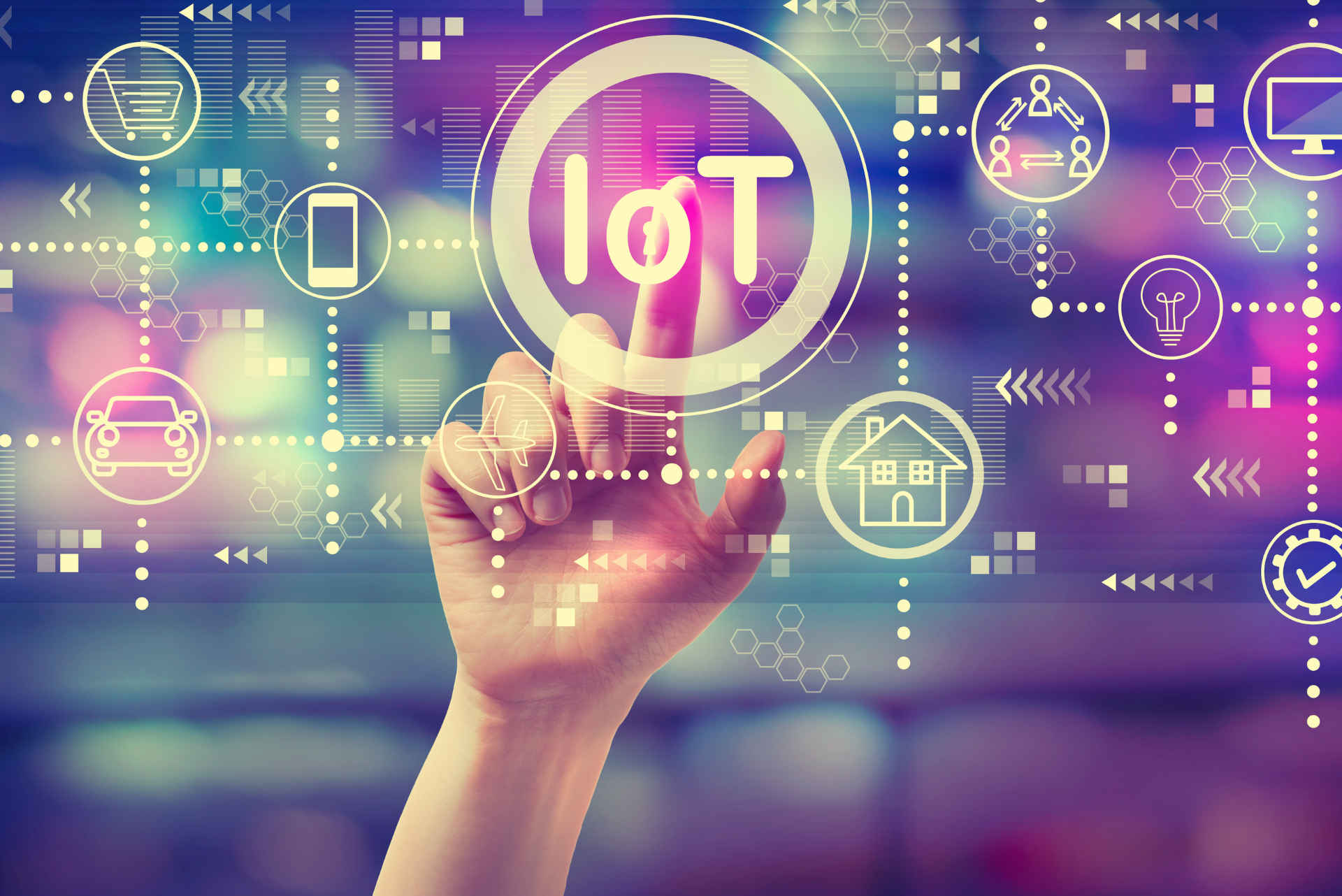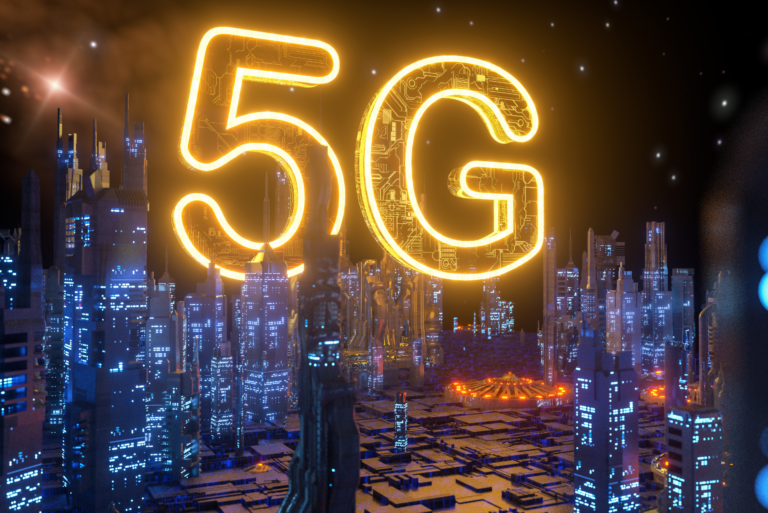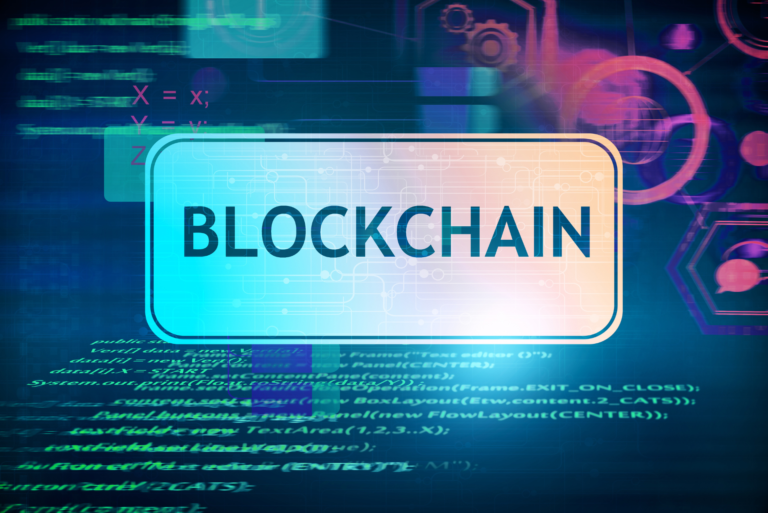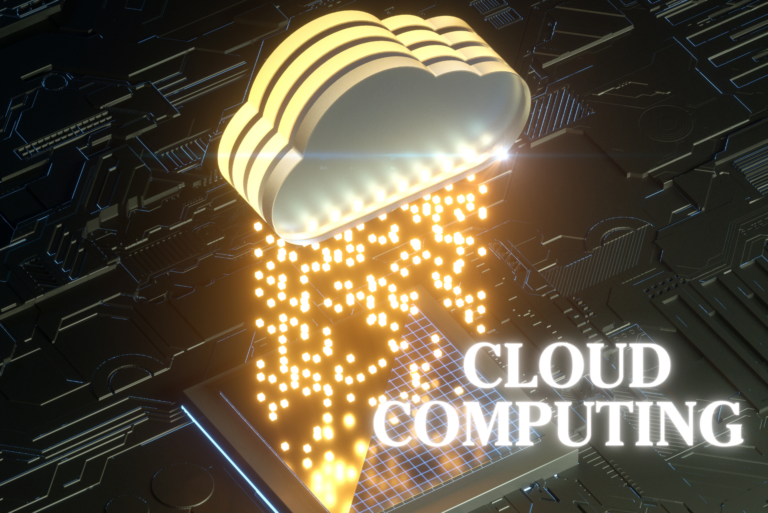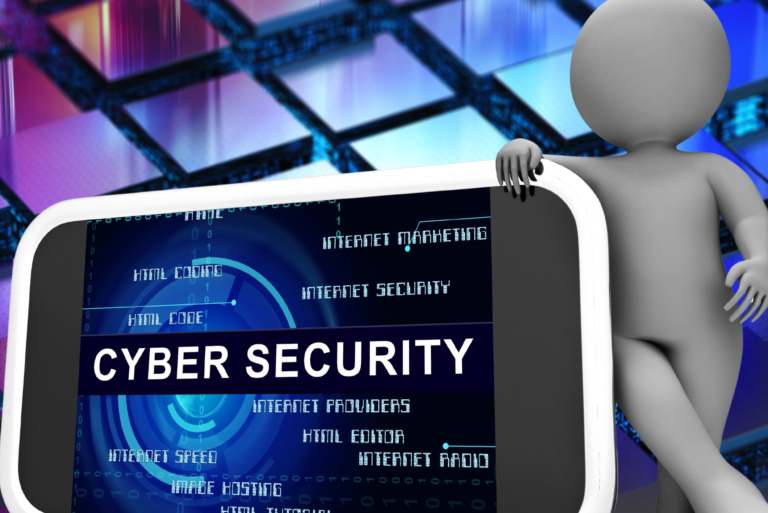The Internet of Things (IoT): Connecting the World
The Internet of Things (IoT) is a transformative technology that is revolutionizing the way we interact with devices, collect data, and make informed decisions. In this comprehensive guide, we explore the world of IoT, its applications, benefits, challenges, and future possibilities.
Applications and Use Cases
IoT technology has a wide range of applications across various industries and domains:
- Smart Home: IoT-enabled devices in homes include smart thermostats, lighting systems, security cameras, and appliances, offering convenience, energy efficiency, and remote monitoring capabilities.
- Healthcare: IoT devices such as wearable fitness trackers, remote patient monitoring systems, and medical sensors enable personalized healthcare, early disease detection, and telemedicine services.
- Smart Cities: IoT contributes to smart city initiatives through applications like traffic management, waste management, public safety, environmental monitoring, and efficient energy usage.
- Industrial IoT (IIoT): In industries, IoT facilitates predictive maintenance, asset tracking, supply chain optimization, real-time monitoring of equipment and processes, and automation of manufacturing operations.
- Agriculture: IoT solutions in agriculture include precision farming, soil monitoring, crop health management, and automated irrigation systems, improving crop yield, sustainability, and resource utilization.
Benefits of IoT
The adoption of IoT technology brings numerous benefits to individuals, businesses, and society as a whole:
- Improved Efficiency: IoT optimizes processes, reduces manual intervention, and enhances operational efficiency across various sectors.
- Data Insights: IoT generates vast amounts of data that can be analyzed to gain valuable insights, inform decision-making, and drive innovation.
- Enhanced Connectivity: IoT connects previously isolated systems and devices, creating seamless and integrated ecosystems for improved communication and collaboration.
- Cost Savings: IoT solutions can lead to cost savings through optimized resource utilization, predictive maintenance, and energy efficiency measures.
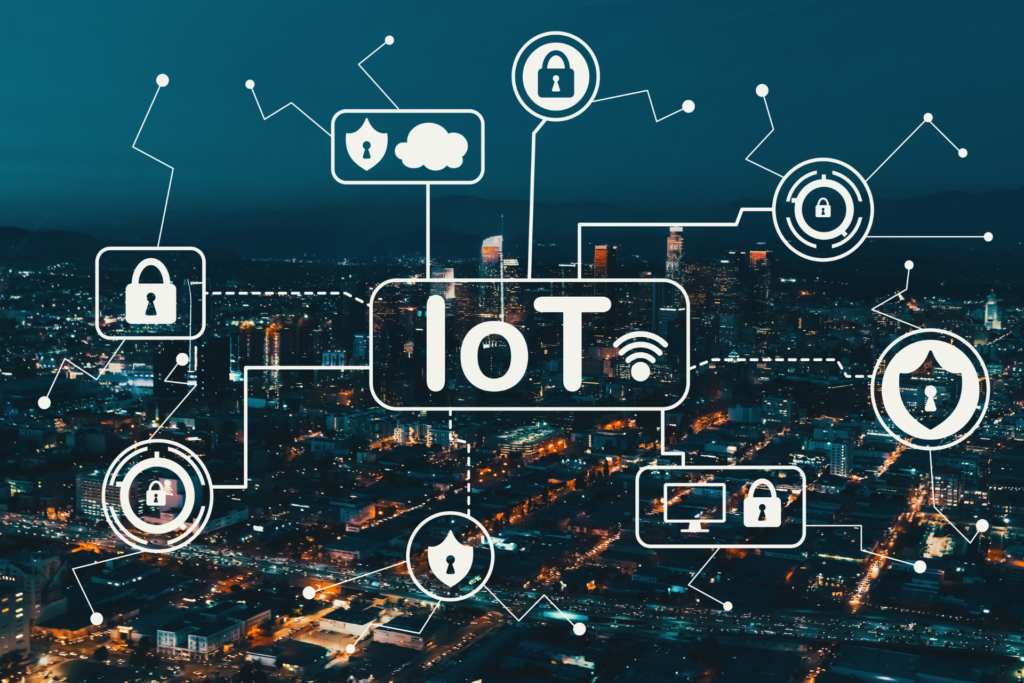
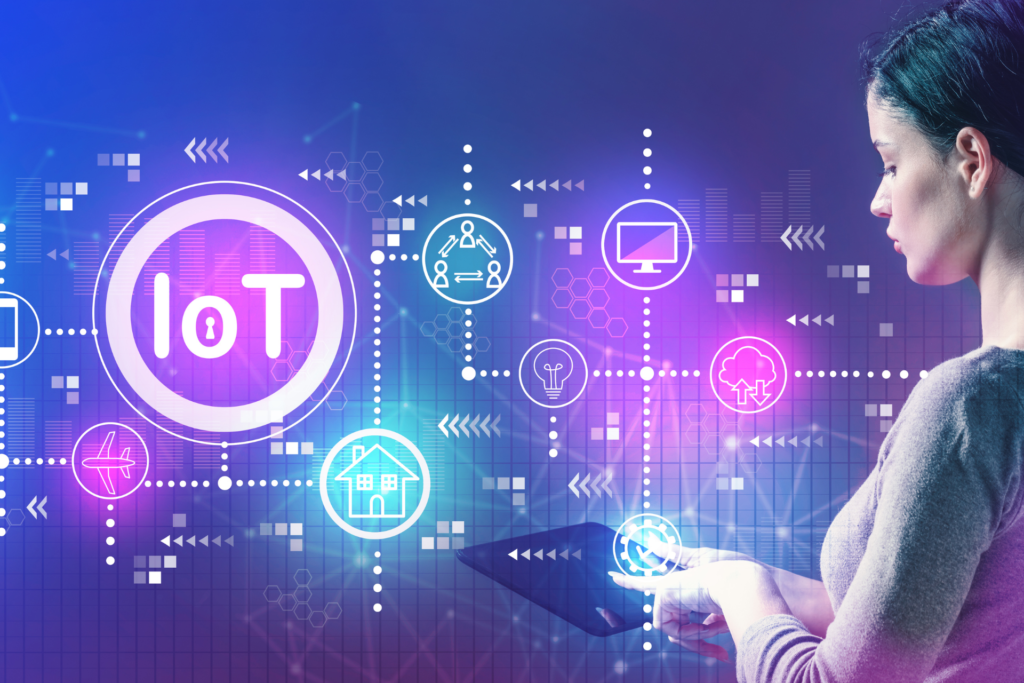

Challenges and Considerations
While IoT offers significant advantages, it also presents challenges and considerations that need to be addressed:
- Security: IoT devices and networks are vulnerable to cyberattacks, emphasizing the need for robust security measures, encryption, authentication, and regular updates.
- Privacy: Collecting and managing sensitive data from IoT devices raises concerns about data privacy, consent, transparency, and compliance with regulations.
- Interoperability: Ensuring compatibility and seamless integration between different IoT devices, platforms, and protocols is essential for scalability and usability.
- Scalability: As IoT ecosystems grow, scalability becomes a critical factor in managing large-scale deployments, data volumes, and system complexity.
Future of IoT
The future of IoT technology holds immense potential for innovation, with advancements in edge computing, artificial intelligence (AI) integration, 5G connectivity, and standards development. Emerging trends such as edge analytics, digital twins, blockchain for IoT, and AI-driven IoT applications will drive new opportunities and use cases across industries.
In conclusion, IoT is a transformative technology that is reshaping our world, connecting devices, people, and processes in unprecedented ways. Embracing IoT’s potential, addressing challenges, and fostering collaboration will unlock endless possibilities for creating smarter, more connected, and efficient environments for the future.

